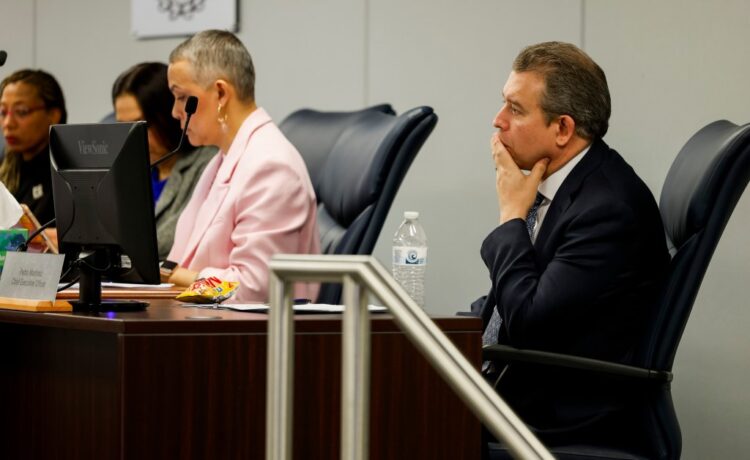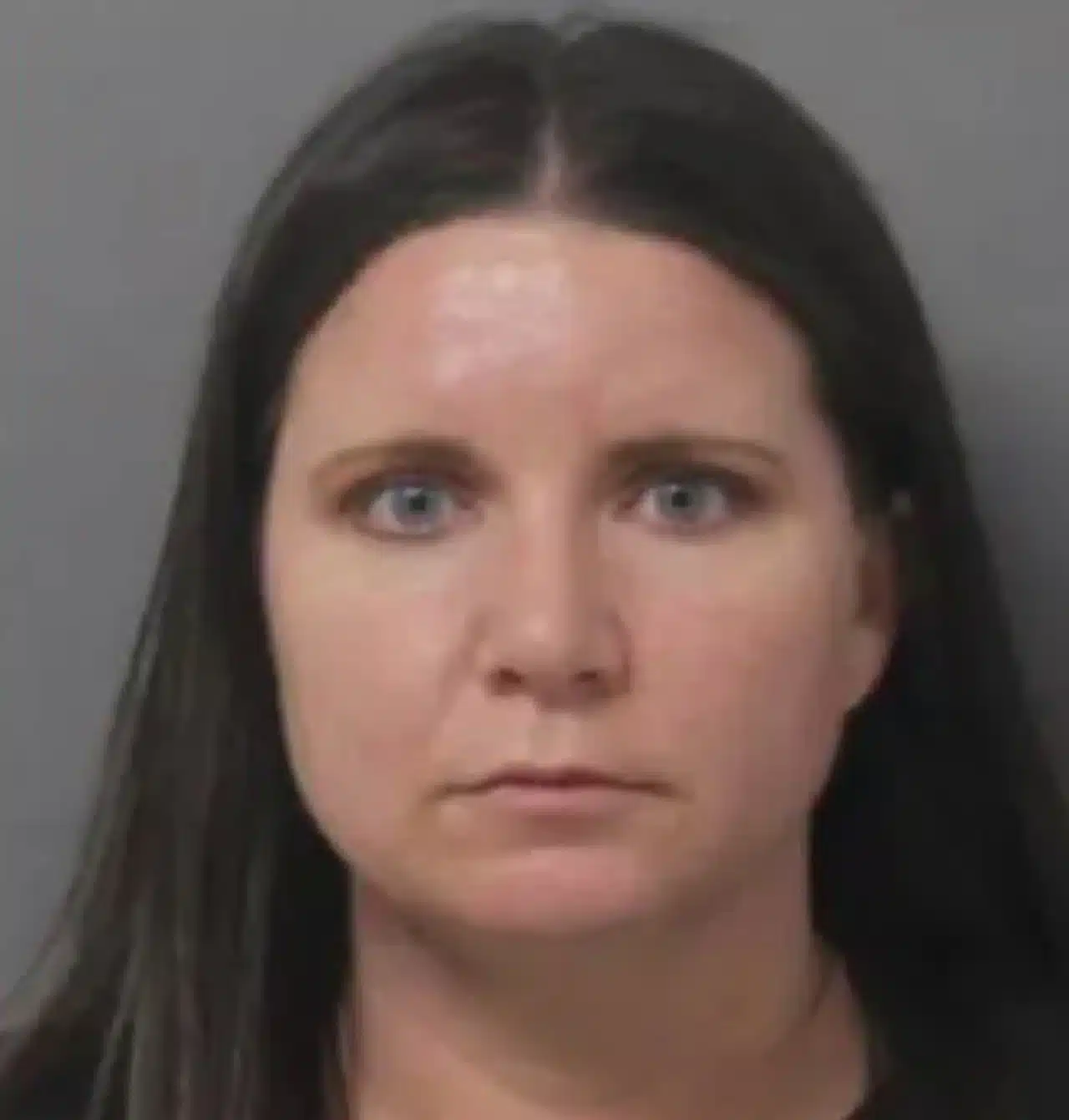Chicago Public Schools recently released its preliminary school budgets for the upcoming school year. This is extraordinary due to the fact that the formula for awarding funding has significantly changed.
The biggest change in this new formula is that it will no longer fund schools solely based on student enrollment numbers but rather focus on a need-based, equity formula. CPS parents, students, staff members and stakeholders should be aware of how this new formula changes the distribution of funds to schools citywide and how it will affect their community.
While CPS is to be commended for addressing long overdue funding inequities and empowering students with the most need, the district can do more to ensure it properly funds equity in the classroom. There are a few key questions that arise in understanding this new formula:
1. How is a school’s need specifically determined, and how can it be revised or appealed?
2. How much budget transparency is in place to communicate cuts in teachers, staff and school operating expenses?
School administrators, along with elected members of each Local School Council, are by law responsible for examining their school budgets and faced with the task of whether to approve them. This year, that task is more challenging because the new funding formula is not as simple as awarding funding based on the number of pupils who attend each school. The new formula prioritizes the need posed by schools and students, redistributing more funds to where there is more need.
The budget formula has multiple components, including foundational funds, discretionary funds and other centrally funded positions. The foundational category includes every school receiving one principal, one assistant principal, one clerk, a counselor and a calculated number of teaching and staff positions. Aside from these guaranteed positions, the calculated number of foundational positions is determined by a combination of school enrollment, Title 1 eligibility and, most importantly, by a school’s “Opportunity Index,” which is how CPS will measure a school’s need.
The discretionary category is designed to give schools flexibility to cover additional staff they require, in addition to operational costs they prioritize. The amount for this discretionary portion is also determined by the Opportunity Index, enrollment and, if applicable, a school’s Title 1 eligibility based on the poverty index.
So far, CPS has identified Opportunity Index factors such as school location; community life expectancy; Chicago’s hardship index; percentage of students with disabilities and those who need free or reduced lunch; the number of English learners; the number of students in temporary living situations; and historical school funding levels, among others. While it is helpful to know that these are the factors used, it’s still far from knowing how exactly the Opportunity Index for each school is calculated and how schools can appeal their rating.
School budgets were released only internally, and it is important for all the information to be released to the public in a transparent and timely manner so that the proper amount of equity examination is possible. School budget proposals would be easier for the public to analyze if they included more scaffolds and historical materials, as well as specific information surrounding the Opportunity Index, which so heavily determines how much funds a school either gains or loses.
If the whole point of the change in the funding formula was more districtwide equity, it is concerning to know that some schools report the exact opposite. It would be a disservice to simply say CPS funding is now going from schools in affluent areas to schools in less affluent areas. It would be a shame if any students are negatively affected, and to ensure this doesn’t happen, more scrutiny is needed.
Unfortunately, the timing of the implementation for equity in school funding, a historic change, is this upcoming school year, and voting on this school budget is scheduled for the next few weeks.
As a CPS civics teacher and an elected member of the LSC Advisory Board, which advises the Chicago Board of Education, I applaud CPS for changing the funding formula to focus on equity and need. At the same time, I urge the district to make all detailed school budgets publicly available and be more transparent as to how each school budget allocation was calculated. Finally, I implore all of us to act altruistically in the spirit of helping those who need it most.
The best way for CPS stakeholders to get involved is to be more informed and active in their school budget discussions, advocate for their budget priorities and ultimately collaborate on a decision as to whether to vote to approve their final budget.
Froylan Jimenez is a civics teacher at John Hancock College Prep High School in Chicago. He is an elected member of the Local School Council Advisory Board that advises the Chicago Board of Education, and he is a Chicago Teachers Union member.
Submit a letter, of no more than 400 words, to the editor here or email [email protected].













